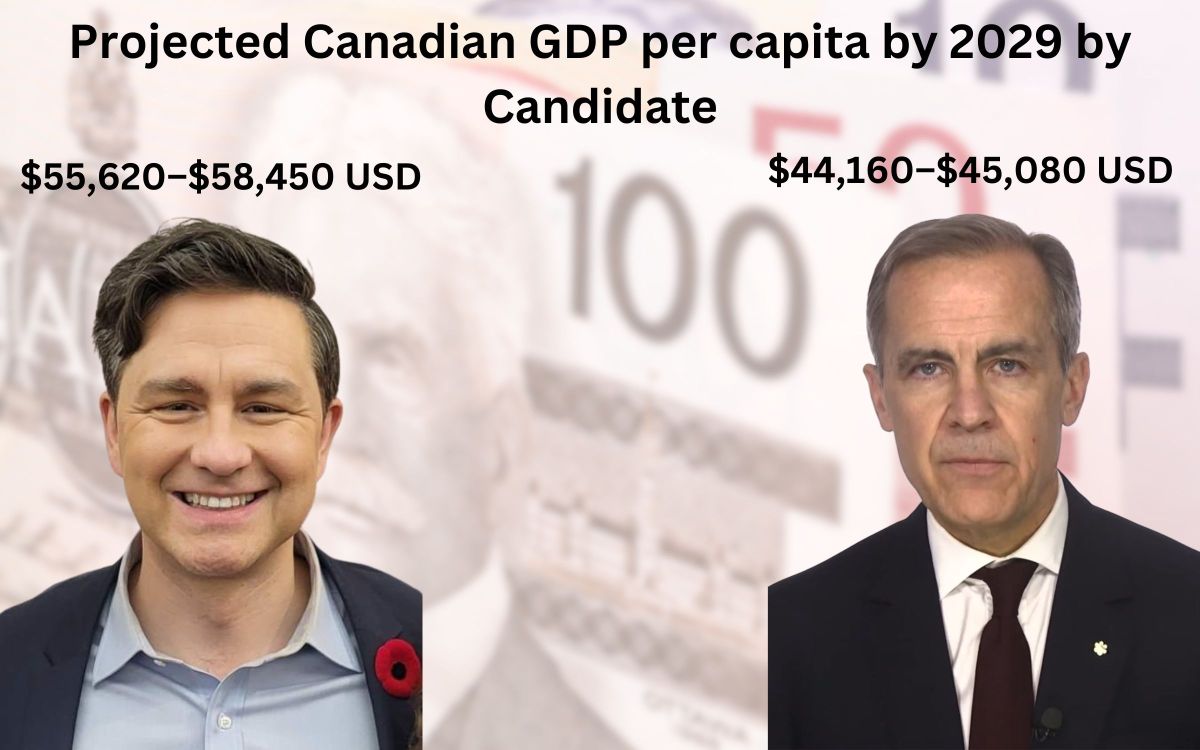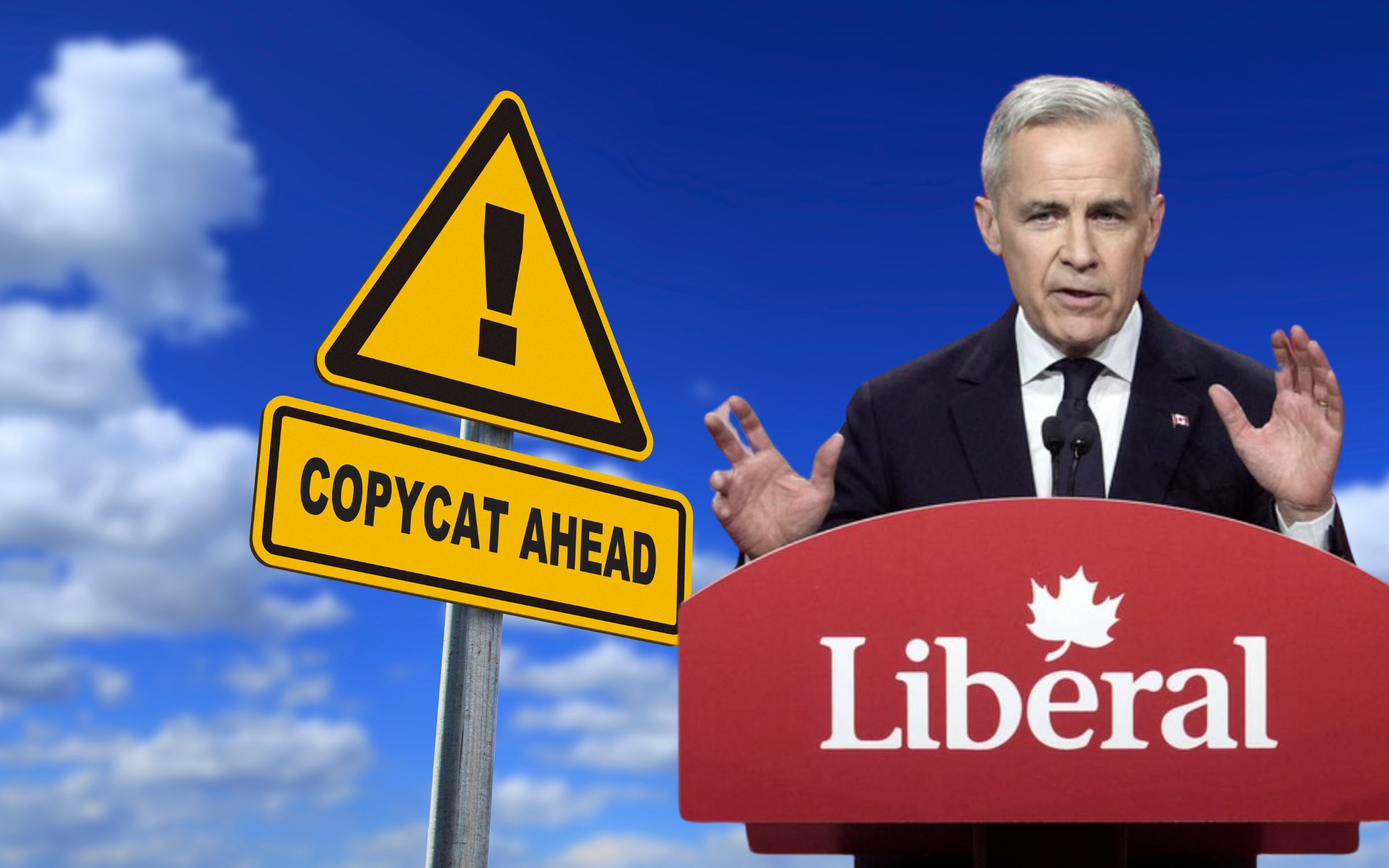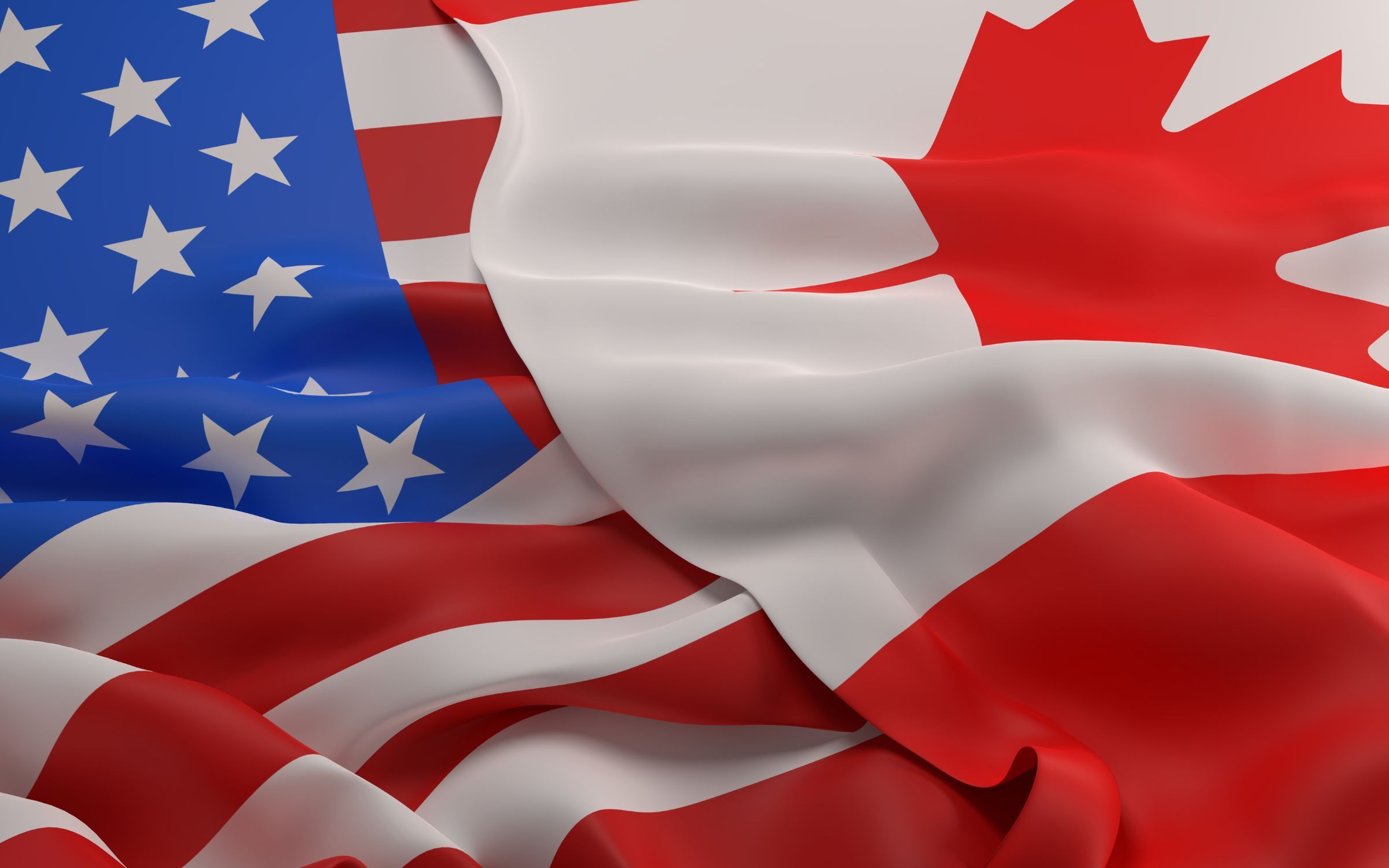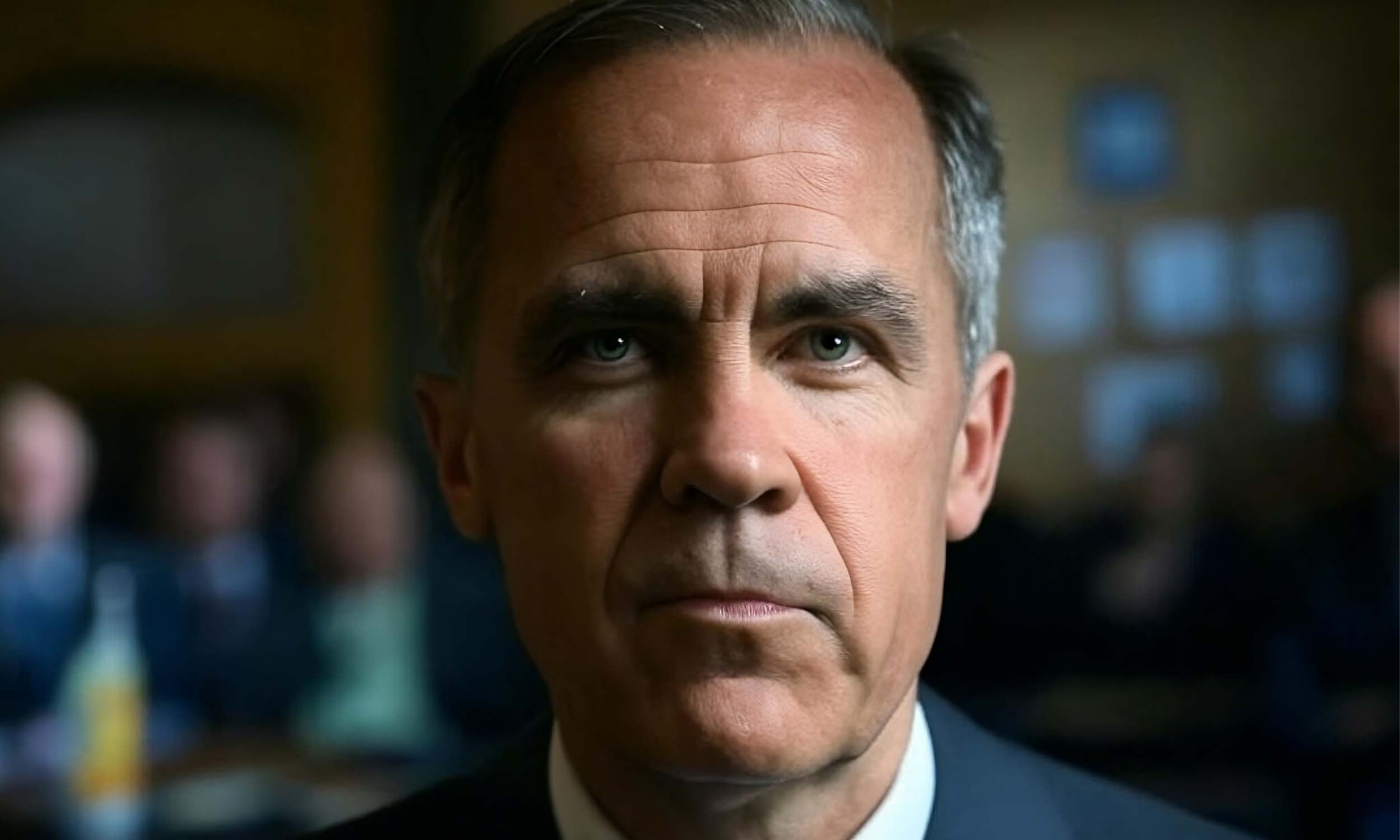Mark Carney vs. Pierre Poilievre: A Tale of Two Economic Futures for Canada

With Justin Trudeau’s departure in 2025, Canada faces a defining election pitting Liberal Prime Minister Mark Carney against Conservative leader Pierre Poilievre. Their economic visions diverge sharply, promising vastly different outcomes for personal income and GDP per capita over the next four years.
This analysis explores Carney’s trajectory with continued mass immigration from low-productivity regions and Poilievre’s aggressive growth plan, including mass deportations and a focus on Canadian productivity, to project Canada’s economic fate by 2029.
Mark Carney’s Liberal Vision: Immigration and Stagnation
Mark Carney, a former central banker with global credentials, has taken the Liberal helm with a platform of stability and fiscal prudence, aiming to balance the budget within three years while preserving social investments. However, his continuation of Trudeau-era mass immigration policies—particularly from third-world countries with low-skilled, low-productivity individuals who often rely on social benefits—could drag Canada’s economy downward. Carney’s scrapping of the consumer carbon tax signals some divergence from Trudeau, but his immigration stance remains a cornerstone of Liberal ideology.
From 2015 to 2023, real GDP per capita growth under the Liberals averaged 0.5% annually, reaching roughly $46,000 USD by 2025 (based on World Bank data adjusted for inflation and exchange rates). Historically, high immigration has boosted population but diluted per-capita economic gains, especially when newcomers contribute minimally to productivity. If Carney maintains annual immigration at 400,000–500,000, with many from low-productivity backgrounds, and a significant portion (e.g., 30–40%, per Statistics Canada trends for recent cohorts) depend on social benefits rather than entering the workforce, GDP growth could falter.
Assuming real GDP growth slows to 1% annually due to population increases outpacing economic output, and factoring in a productivity drag from this demographic—potentially reducing per-capita growth by 0.5% to 1%—real GDP per capita might decline. Starting at $46,000 USD, a Carney government could see it fall to $44,160 to $45,080 USD by 2029. This reflects a scenario where social spending rises (e.g., $10–15 billion CAD annually to support newcomers), straining finances without commensurate economic returns, and U.S. tariffs under Trump further weaken exports.
Personal income faces a bleaker outlook. Median after-tax income was about $50,000 USD ($68,000 CAD) in 2022, but real growth has lagged inflation (projected at 2%). With mass immigration flooding low-wage sectors, suppressing wages, and increasing welfare costs—potentially crowding out investments in Canadian workers—real personal income could decline by 1% to 1.5% annually. By 2029, this projects to $46,020 to $47,500 USD, a tangible loss in purchasing power. Housing pressures would worsen as demand outstrips supply, exacerbating affordability woes for native-born Canadians.
Carney’s strength in crisis management may not offset this economic inertia, risking a Canada where growth is choked by demographic and fiscal burdens.
Pierre Poilievre’s Conservative Blueprint: Productivity Unleashed
Pierre Poilievre offers a radical alternative, campaigning on tax cuts, deregulation, and a “Canada-first” agenda. Beyond his base promises, this scenario includes mass deportations of illegal immigrants and asylum seekers, cuts to foreign spending, and a focus on domestic productivity—policies designed to turbocharge economic growth. His rhetoric taps into frustrations over stagnant wages and government largesse, promising a leaner, more dynamic economy.
Under Harper’s Conservatives (2006–2015), real GDP per capita grew 1.2% annually. Poilievre’s core plan—slashing taxes, boosting housing supply, and deregulating—might lift this to 1.5% to 2%, projecting GDP per capita from $46,000 USD in 2025 to $50,750 to $53,360 USD by 2029. Adding mass deportations (potentially 200,000–300,000 individuals, based on undocumented and stalled asylum estimates) and foreign spending cuts (redirecting $3–5 billion USD annually) could push growth further. Deportations would tighten labor markets, driving wages and productivity as businesses adapt with automation or higher-value jobs—potentially adding 0.5% to 1% to GDP growth. Refocusing fiscal resources on Canadians could amplify this effect.
Combined, real GDP per capita growth might reach 2.5% to 3% annually, projecting $55,620 to $58,450 USD by 2029. This assumes Poilievre mitigates trade risks (e.g., U.S. tariffs) through resource exports or diversification, leveraging Canada’s natural wealth.
Personal income could surge. Base projections suggest 1% to 1.5% real wage growth, reaching $54,100 to $56,250 USD by 2029 from $50,000 USD. With deportations reducing labor oversupply and foreign spending cuts funding tax relief, real income growth could hit 2% to 2.5% annually—lifting median income to $58,200 to $60,500 USD. Housing affordability might improve faster as population pressure eases and construction accelerates, though short-term disruptions from deportations could pose challenges.
Risks include trade retaliation or sectoral labor shortages, but Poilievre’s focus on domestic priorities could deliver a robust economic rebound.
Comparing the Outcomes
The contrast is striking. Under Carney, continued mass immigration and low productivity could see GDP per capita drop to $44,160 to $45,080 USD and personal incomes fall to $46,020 to $47,500 USD by 2029—a decline reflecting fiscal strain and diluted growth. Under Poilievre’s aggressive reforms, GDP per capita might climb to $55,620 to $58,450 USD, with personal incomes soaring to $58,200 to $60,500 USD—a prosperity surge driven by Canadian-centric policies.
Carney’s path risks a Canada burdened by stagnant wages, rising costs, and a growing welfare state, leaving citizens poorer in real terms. Poilievre’s vision offers a revitalized economy, with higher incomes and renewed opportunity, though it courts controversy and execution risks. By 2029, voters’ choice could mean the difference between decline and a dramatic turnaround. The stakes are immense as Canada charts its course.







